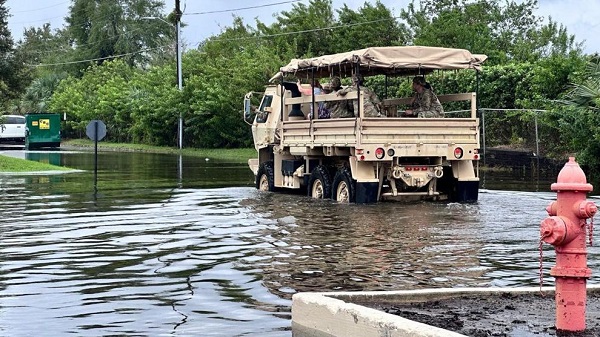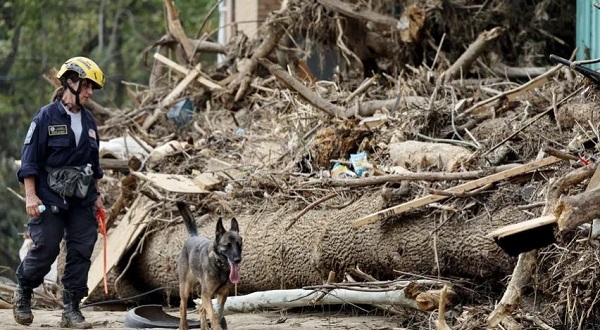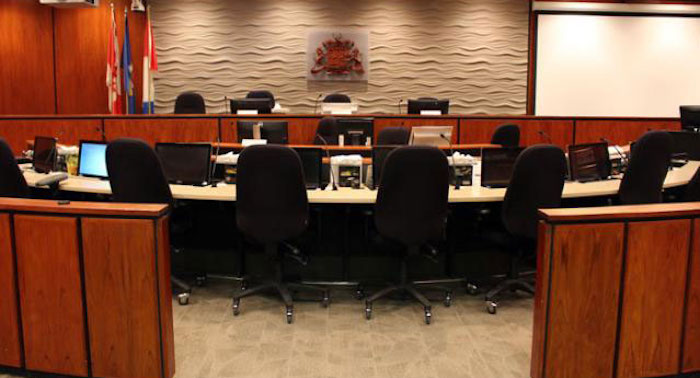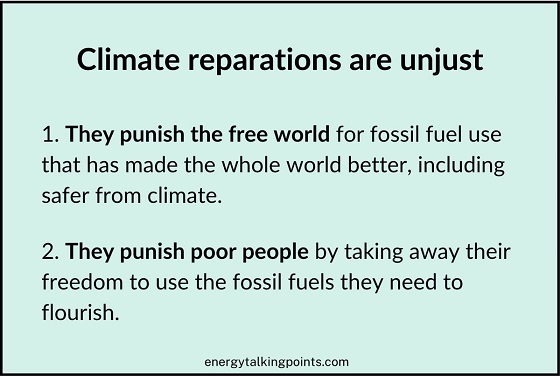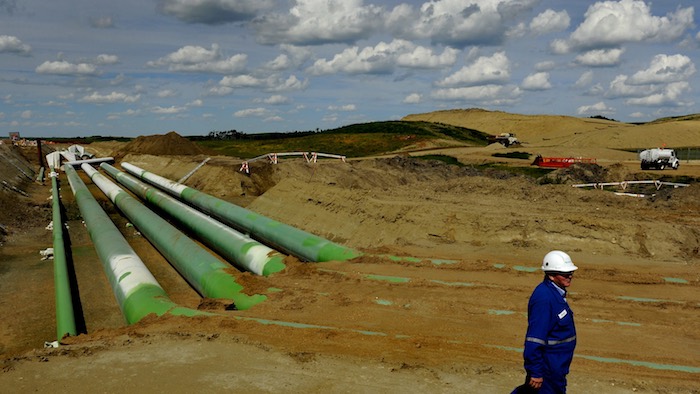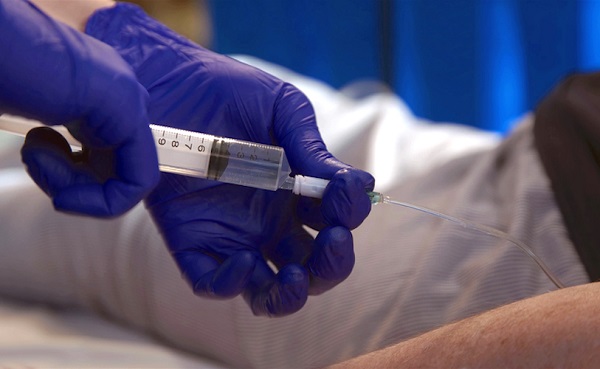From The Center Square
By Alan Wooten
“Homes are skipped”
Two North Carolina congressmen believe there is validity to claims representatives of FEMA chose to avoid residences based on politics in the aftermath of Hurricane Helene.
Federal probes, said U.S. Rep. Richard Hudson, R-N.C., are coming. Political signs were among what is described as community trends leading to the skips.
“This is infuriating,” Hudson wrote on social media late Tuesday afternoon. “We will ensure those responsible for this un-American abuse of power are held accountable. Investigations are coming.”
Hudson amplified a clip from Monday’s edition of the Roland Martin Unfiltered Daily Digital Show, where Marn’i Washington was interviewed. Washington is identified as a disaster survivor assistance crew leader for the Federal Emergency Management Agency fired from her job.
“Homes are skipped,” Washington says after a lengthy back-and-forth with Martin to describe the job, the encounters and the instructions from the agency led by FEMA Administrator Deanne Criswell and embattled Homeland Security Secretary Alejandro Mayorkas. “The American people need to know that. If we are approached with hostility, or our people feel uncomfortable, we do disengage.”
Washington said workers did so for homes not only with Donald Trump signs, but also for Kamala Harris and Joe Biden, and homes with no signs.
Washington described the federal agency’s plan as to observe what are called community trends. For example, engagement at three or four homes on a street all with similar political signs would constitute such a trend. She said workers would work with people at homes with those signs if they wanted to engage, and with other homes on the street if able.
Washington says she’s unfairly singled out, and that incident reports for disaster survivor assistance crews will offer vindication.
In the interview, Washington says incidents first reported in Florida were not isolated and also happened in the Carolinas. She said it is false that her actions are described as advancing her political agenda.
“They allege that these actions were made on my own recognizance,” she says, “and that it was for my own political advances. However, if you look at the record, there is what we call a community trend. Unfortunately, it just so happened that the political hostility that was encountered by my team – and I was on two different teams during this deployment – they just so happened to have the Trump campaign signage. FEMA always preaches avoidance first, and then deescalation. So, this is not isolated. This is a colossal event of avoidance, not just in the state of Florida, but you will find avoidance in the Carolinas.
“Senior leadership will lie to you and tell you that they do not know but if you ask the DSA crew leads and specialists what they are experiencing in the field, they will tell you. Demand for FEMA to give you those incident reports.”
Washington, a Californian, told Martin she did not vote this election cycle, citing the high demand for her to go and work as a reservist for FEMA. She was subsequently fired, effective immediately, from her full-time job with Avanath.
Rep. Dan Bishop, R-N.C., agreed with a post from Rep. Josh Hawley, R-Mo., saying “Homeland Security Committee needs to launch an immediate investigation and call this individual to testify. Under oath. In public.”
Helene, a Category 4 hurricane when it made landfall Sept. 26 in Florida, killed 231 across seven states. The toll is 102 in North Carolina.
